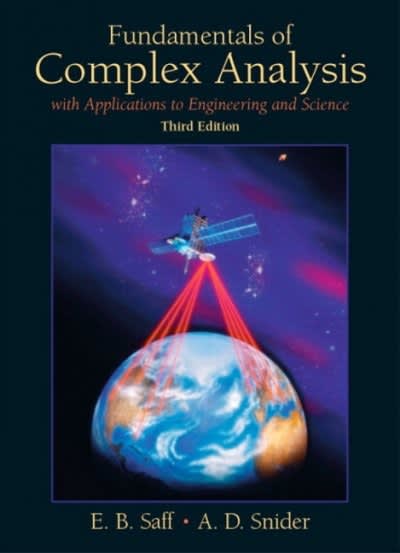Question
You decide to write a grant to do a study that will settle the marijuana/gateway drug question once and for all. To your surprise, you
You decide to write a grant to do a study that will settle the marijuana/gateway drug question once and for all. To your surprise, you get the money and do the following study.
You enroll 10,000 18-year olds and follow them through age 25. (You can assume that everyone was 18.5 years old on entry and 25.5 years old at the cessation of the study). You found that 60% of the group had smoked marijuana prior to enrollment and 40% had not.At the end of the study, you noted that you had complete follow up on all 10,000 (yeah, sure, but let's pretend).You found that 1% of persons who had smoked marijuana had gone on to use other "hard" drugs (methamphetamine, cocaine, crack, heroin etc.). Of persons who had not smoked marijuana, 0.9% went on to use hard drugs.
Since this is a cohort study, you decide to do a person-years analysis.
Fill out the following table:
| Number in group | Cases of hard drug use | Person-years of follow up in group | Rate of hard drug use (# per 105) | ||
| Marijuana exposure | Yes | ||||
| No |
From this, you determine that the RATE RATIO is: _______________
But, you decide to analyze this as a case-control study as well. Fill out the following 2 x 2 table:
| Hard drugs | |||
| Yes | No | ||
| Marijuana exposure | Yes | ||
| No |
From this, you determine that the ODDS RATIO is: ______________
The ODDS RATIO and the RATE RATIO are identical to two significant digits. (If yours differ substantially, go back and check your work.)
1. Why are they virtually the same?
Step by Step Solution
There are 3 Steps involved in it
Step: 1

Get Instant Access to Expert-Tailored Solutions
See step-by-step solutions with expert insights and AI powered tools for academic success
Step: 2

Step: 3

Ace Your Homework with AI
Get the answers you need in no time with our AI-driven, step-by-step assistance
Get Started


